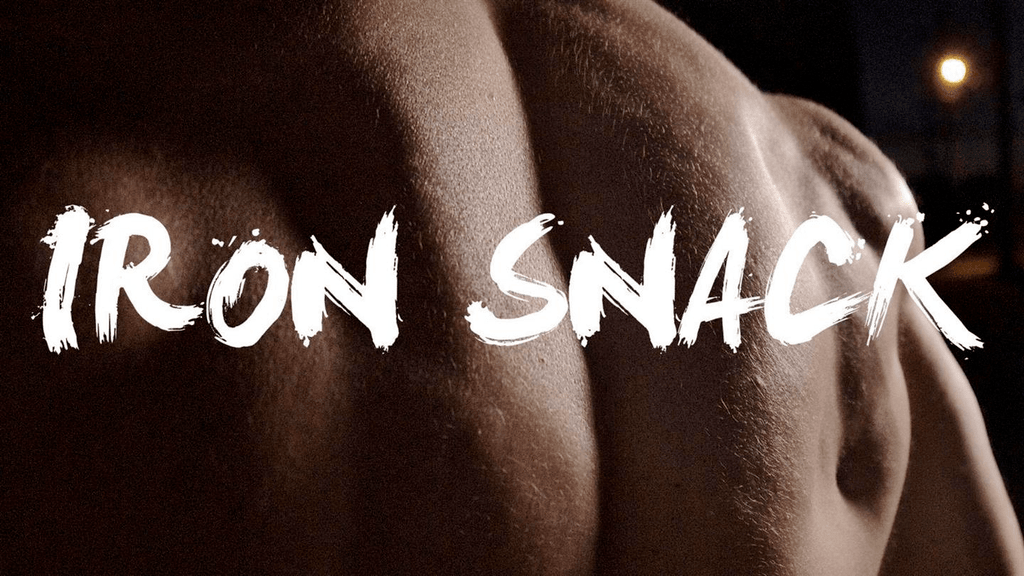Variations in squat stance and bar placement greatly affect your workout
Not every squat is the same! Variations in squat stance and bar placement can shift focus to different muscle groups in the legs and also reduce compression and stress in different parts of the body such as the knees and lower back. Wide vs Narrow. High bar, low bar, front squat and depth. Also the depth of your squat can cause change in the workout as well. So if you want to target different muscles or prevent stress in certain areas, know the difference between stances, positions and depth for squats and how they affect the body. Lets learn how these variations in squat stance and bar placement affect your workout.
1) Muscle recruitment wide vs narrow squat
In the narrow stance a study had shown that gastrocnemius activity had an overall increase of 21% more than the wide stance. However wide stance squats have shown to target the GM and adductor longus more than the narrow. It is reported that the greatest activity of the wide stance for those muscles was at 140% shoulder width. The wide stance also increased muscular torque of the adductors and the hip extensors as well. The same study did not show an overall difference in the activation and activity of the quadriceps and hamstrings.
2) Compressive forces varies with stance
The different stances also affect the compressive forces put on the bodies extremities. When squatting wide there is a 15%-16% increase in patellofemoral and tibiofemoral forces. The study does note that the wide stance is from 158-196% of shoulder width while narrow is defined as 87-118% shoulder width. If you are looking for a better stance for less knee compression then you should go for a more narrow
squat. However, while performing a more narrow squat there can be more shear to the knee from a possible 4 to 6 cm increase in forward knee translation compared to a more moderate wide stance. So in turn if looking to reduce the shear at the knee choose a wide stance.
3) Low bar, high bar and front squats
There are many differences in muscle activation with the slight placement of the bar just above and below the acromion. With low bar you are able to get more torque from your hip flexors while in return producing less knee extensor torque. What this also means is that it reduces not only patellofemoral compressions but also involves less strain on the ACL. As for front squat, there showed a reduction of compressive forces in not only the lumbar but the maximal joint at the knee as well. Front squats can also target and isolate the quadriceps more so it is a favorable choice if you would rather develop the top of the thigh rather than the gluteals.
4) Squat depth
Lastly the depth of your squat can have an impact on your leg routine. The study claims that squatting to parallel has shown increase in quadricep development. Full squats in comparison target the hip flexor more and could be more beneficial for those looking to strengthen the hip musculature. Full squats also increases to average muscle activity of the GM when compared to parallel squats.
So as noted in the study there are many differences between the small changes in squat form and position that can affect your workout to focus on different muscle groups or avoid putting stress on areas to avoid injuries and promote recovery.
The High Yield:
Wide stance – Targets hip adductors and extensor while at the same time reducing shear of the knee because of less forward knee translation.
Narrow stance – Targets gastrocnemius and reduces the compression of the tibiofemoral and patellofemoral.
Low bar position – More hip extensor torque
High bar position – More knee extensor torque
Front squat position – Lower knee/ lumbar compression and stress. More concentration on quadriceps.
Squat depth (full vs parallel) – Full squat increase muscle activity of hip flexor GM. Parallel more development in quadriceps.
References for variations in squat stance and bar placement:
https://pdfs.semanticscholar.org/c4fa/4ecd4ce17cc85dfc29dd5894de076e95e68e.pdf

